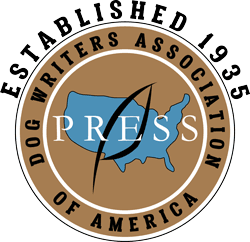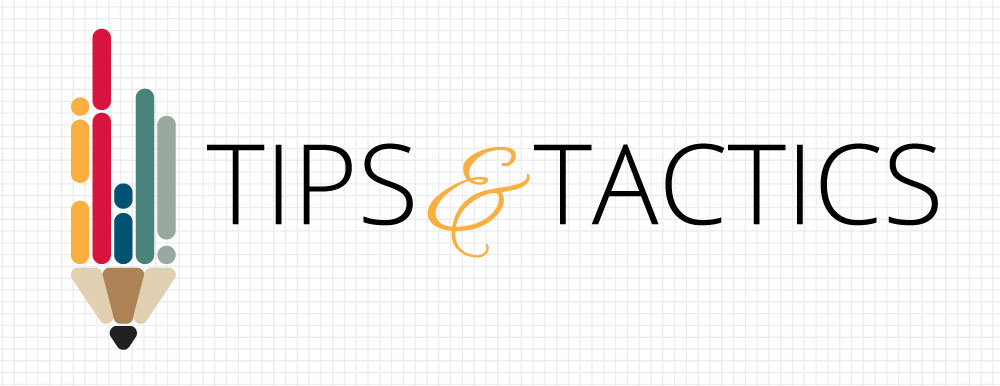There are many types of writing. I was trained as a journalist, so my comfort level lies in reporting facts, providing analyses of data and recapping current events. But my ability to embellish or deviate from the “what was” is sorely lacking. I marvel at masters such as George R.R. Martin, J.R.R. Tolkien, or J.K. Rawlings (I’m sensing a trend toward initials) who can create not just a situation but an entire civilization with rules of conduct and engagement, as well as a backstory for each character. So, it’s not surprising that my goal of becoming a fiction writer seems unattainable to me. It’s not that I can’t start a story, but after the introduction, I’m stuck trying to figure out where the storyline is going and how all the characters will interact. I can craft interesting dialogue (as a PR practitioner I put my words in other people’s mouths for years), but plot development is my Achilles tendon.
So, a couple of years ago, hoping to learn from other writers, I responded to a neighborhood post and joined a local writer’s group. And learn I did. One of the group members actually creats a spreadsheet with milestones for each character, an overarching timeline of events and how the characters are affected by each situation. It works for him, he’s published four or five novels and a Kindle Vella, a new episodic platform Amazon created to help writers sell their work.
Although I flounder when it comes to foreshadowing, I’m rock steady when it comes to research. So, I collected some “How to” advice from notable sources, which I’m sharing here.
According to Writer’s Digest, there are numerous ways to craft a storyline, including: creating a point by point outline, drawing a map, which actually looks a lot like the tumult in my investments, and provides an overview of the big picture concepts. It also documents the rising and falling of actions, conducting a mid-story audit to cure a slump, asking yourself about the relevance of characters, actions and outcomes, conducting a momentum check to see if the plot drags along and tackles the incongruities one by one. (Is it believable, congruous, logically the result of a prior event, or too predictable?). It also offers great templates to work with (https://www.writersdigest.com/resources/plot-development-charts-outlining-plotting-a-novel).
Scribendi (https://www.scribendi.com) is actually a fee-based proofreading service, but their website is also a source for good ideas. Their editors suggest that the plot outline is not the be-all and end-all of your plot, it’s just the scaffolding that holds up the walls of your construction. They also advise that plot situations don’t have to be complex and your main character doesn’t have to save humanity to create an interesting story.
Of course, there’s always Master Class (https://www.masterclass.com), where bestselling authors lead online sessions. Based on your area of interest (they offer 180 different classes in a variety of subject areas), you can virtually rub shoulders with some of the most notable authors.
I also found some online membership groups for writers, which offer an array of services and support, including Jerico Writers (https://jerichowriters.com) , and Now Novel (https://www.nownovel.com) , as well as numerous writing coaches and editing groups. After looking into this, I was numb and overwhelmed with choices. Without a kernel of an idea, I didn’t know which way to go. So, I decided to start with Mad Libs (https://www.madlibs.com), a word game that has evolved beyond a “fill in the blanks” notepad to an app you can use to create funny stories and play with friends on social media. Or maybe I’ll just stick to the facts. It worked for Joe Friday.


